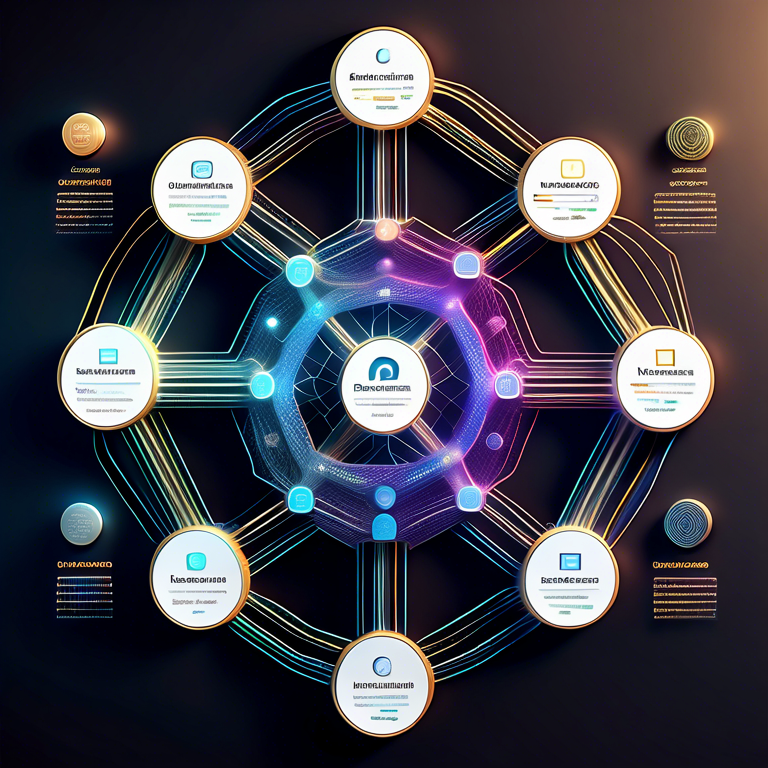In this article, we delve deep into the concept of “blockchain” and how it can be effectively visualized through “imagery” presented in a “PDF” format. This guide aims to provide a comprehensive understanding of blockchain technology’s intricate systems and processes by exploring various visualization techniques and tools, perfect for educational and professional purposes.

Understanding Blockchain Fundamentals
Blockchain technology, at its core, is a decentralized digital ledger that records all transactions across a network. The unique aspect of blockchain is its ability to distribute identical copies of the ledger simultaneously across all participants in the network, offering a transparent, tamper-proof, and secure system. This revolutionary technology underpins cryptocurrencies like Bitcoin and has vast applications in various sectors including finance, supply chain management, healthcare, and more.
The inherent complexity and the abstract nature of blockchain operations pose a challenge for individuals attempting to grasp its concepts. This is where the role of visualization comes into play. By employing imagery, diagrams, and flowcharts, the abstract concepts of blockchain can be made tangible. Especially when compiled into PDF documents, these visual resources become easily accessible and shareable resources for educational, training, and professional purposes.
Decoding Blockchain Through Imagery
Imagery in the context of blockchain helps to decode its complex structure into understandable illustrations. These visuals often include representations of blocks, nodes, transactions, and the network. Each block in the chain contains numerous transactions, and every time a new transaction occurs, a record of that transaction is added to every participant’s ledger. Visual aids can significantly simplify these concepts by illustrating how transactions are grouped into blocks and linked together in a chain, ensuring security and integrity.
Moreover, imagery can highlight the decentralized nature of blockchain. Instead of a centralized authority, the blockchain network relies on a consensus mechanism to validate transactions. Visual diagrams depicting nodes in a network coming to agreement can effectively convey these processes. Additionally, flowcharts can demonstrate the step-by-step procedure of a transaction from its initiation to validation and finally, to its addition to the blockchain.
Blockchain Imagery in PDFs: Bridging Knowledge Gaps
PDFs serve as a versatile format for compiling blockchain imagery and documentation. They can encapsulate detailed diagrams, visual tutorials, and comprehensive explanations in a format that is both user-friendly and widely compatible across various devices and platforms. Educators, professionals, and blockchain enthusiasts find PDFs particularly useful for disseminating knowledge due to their ease of distribution and ability to maintain content integrity across different viewing environments.
For instance, a blockchain imagery PDF can include a series of infographics that explain the process of mining, the concept of smart contracts, or the structure of various blockchain networks like Ethereum, with each visual complemented by detailed annotations. These PDFs can act as standalone educational tools or accompany lectures, presentations, and workshops, providing a multi-dimensional learning experience for the audience.
In summary, the application of imagery to demystify blockchain concepts and its consolidation into PDF documents allows for a deeper, more accessible understanding of this groundbreaking technology. These visual aids not only serve to educate but also to bridge the gap between abstract blockchain principles and practical, comprehensible knowledge. As blockchain continues to evolve and permeate various sectors, the visually rich PDFs will undoubtedly play a pivotal role in shaping our understanding and application of this technology.
